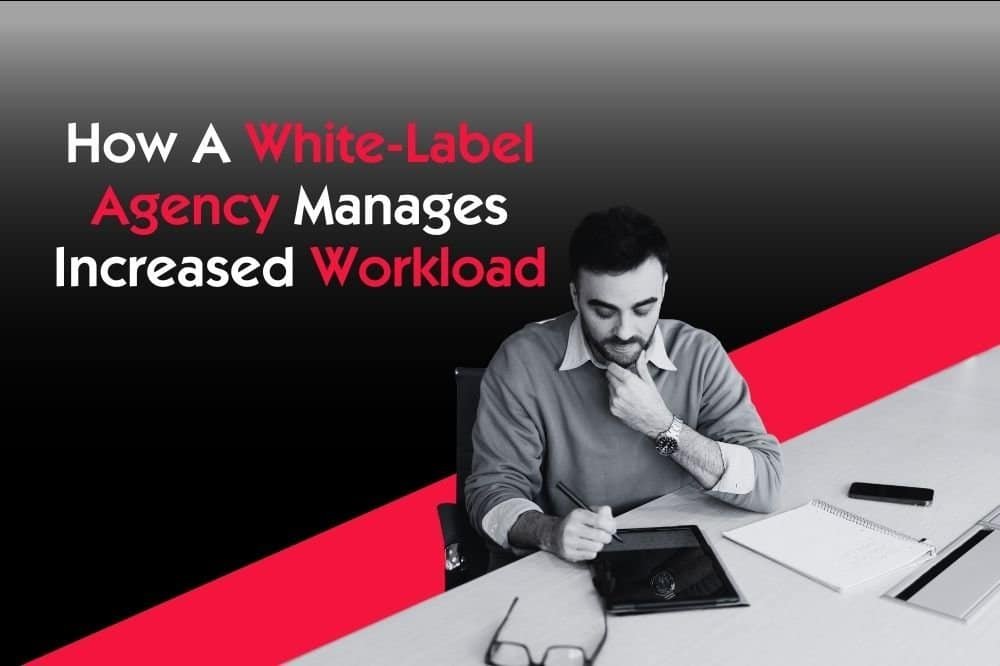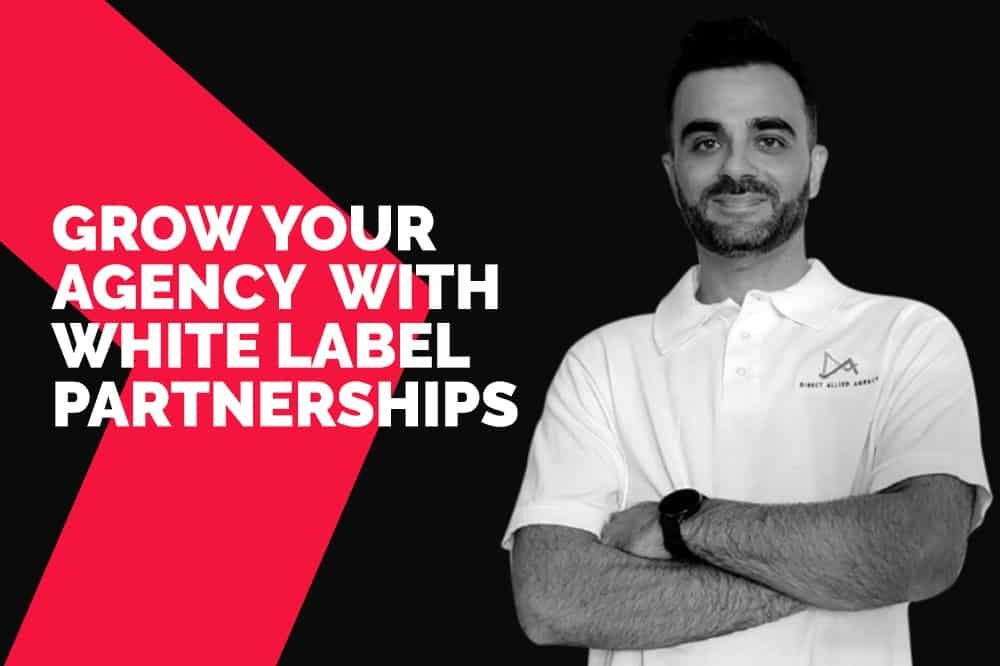Starting a white label partnership is the beginning of more exciting ventures as you grow your business, but it can be a nightmare if you start off on the wrong note.
More than having a white label partner that sounds impressive during initial interviews, it’s crucial to set well-defined boundaries to set the records straight and avoid the worst-case scenario that might arise later on.
With that, we prepare a helpful guide that sheds light on the proper onboarding process with your white label development partner so that you can start your first few projects with a bang.
1. Setting Expectations With Your White Label Partner
Before jumping on your first project, it’s essential to highlight the most common technical expectations with your new digital agency and develop a mutual understanding of the website project. Like a vendor-buyer relationship, it works when you are on the same page on defining the normal scope of the engagement.
Quality of Work
Quality costs money, and white label partners should know that your real life customers and hard earned cash are at stake. Clearly define your business goals as it pertains to this partnership.
You can discuss the acceptable quality level in different aspects of your project by sharing your ideal white label web development experience. Provide examples to elaborate your thoughts.
Back-end Setup
Set your expectations on how your clients’ sites are designed and built. It’s vital as any WordPress development company may have conflicting thoughts about using a page builder rather than advanced custom fields.
From our experience, you should be providing user friendly websites to clients because the world is more hands-on, and tech savvy than we’ve ever been. Try to stay away from the hard coded sites and stick to WordPress, Shopify or even Squarespace.
Speed
How many projects can be completed in a certain timeframe? Ask your white web development and design partner about the previous tasks they performed and a realistic turnaround time.

Availability
Ask your white label web design partner about their availability. Communication is usually best if you work in the same time zone, but it can be a problem when you don’t.
- Do you need to talk to a developer on short notice, or are projects planned beforehand?
- Do you seek immediate assistance, or do you handle urgent requests internally?
It’s effective if they have a dedicated project manager who can communicate the details.
Customer Service
This one is important. You want to be sure that your web development partner can support the product they provide on an ongoing basis. Make sure they have a dedicated department, or individual who can handle tech issues, bugs and tickets.
2. Getting To Know The White Label Team
More than just the technical aspects and discussing work, getting the job done requires establishing rapport among the white label team.
Schedule meetings where you get to know your new partner and each team member to start acting like everyone works for the same company.
Building a relationship purely over a chain of emails may not pan out well because there is so much communication required during the process of building websites. Physical meetings, video calls or telephone conversations are best to start off with, you can examine their body language as the first indication of trust, so it’s an incredible step to include in your onboarding to-do list.
3. Discuss Your First Assignment
After meeting with your white label web development and design partner, you must agree on the first task. This is done to integrate the designer and web developer into your system and make them understand your clients and your operations.
Though digital agencies have extensive experience in white label web development, getting their feet wet with simple projects can help them get through the learning curve and understand the unique business operation you run.
4. Contract and Agreement
Now that you set your expectations and got to know the development team, it’s time to prepare a contract and seek the agreement of your white label design and web development partner.
At this point, you’re negotiating and finalizing wholesale costs for the web design and development services you have discussed and formalizing the start of your new projects.
You’re going to need to check for a few things in the agreement:
- Non-compete stating they will not compete with your company, or poach your customers
- Ownership of digital property should be under your customer or your agency
- Additional hidden costs like hosting, maintenance or future website migrations
- Important legalities as it pertains to ownership of marketing materials and content
5. Evaluation
Once you seal the deal, it’s time to evaluate the first assignments and touch on the progress reports.
After the first assignment, you should have another meeting for a discussion. This is the time that you can review everything from technical execution to pricing and how the communication worked throughout the project.
White labeling is undoubtedly the most cost-effective way to accommodate your other clients’ business without increasing your headcount or overhead.
However, you must learn how to successfully onboard the white label development team to enjoy the benefits. If you are a marketing agency looking for a white label partner or already have one, this guide should help you map your way to a successful, long term relationship.

















